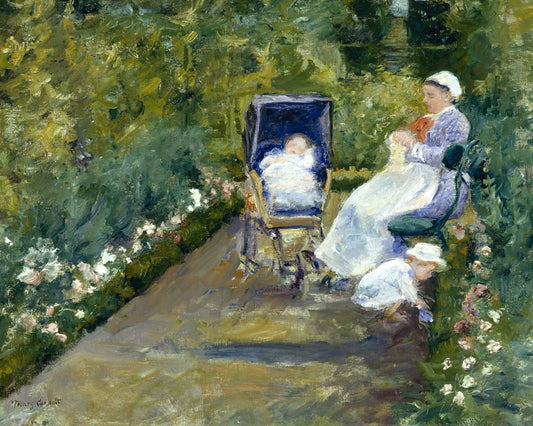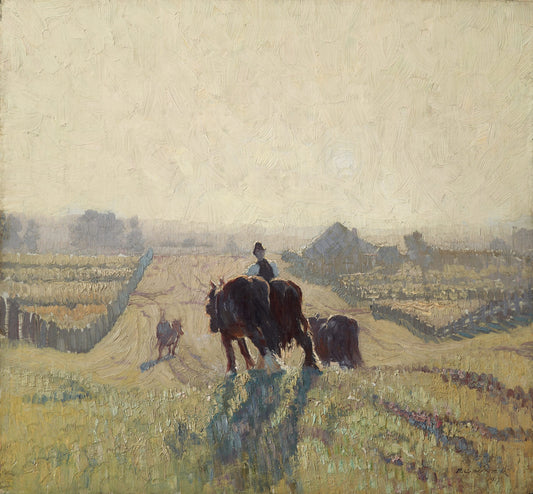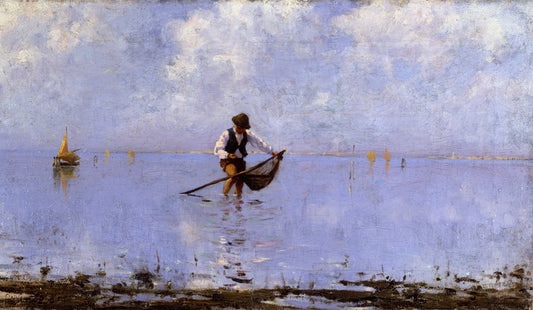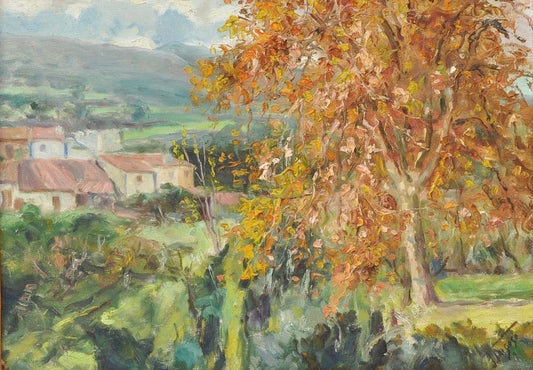This is the fourteenth in our series of emails called “How I Monk.” In this series we will be highlighting + celebrating members of the Monk Manual community as they’ve meaningfully applied our tools and resources to find peaceful being and purposeful doing in their everyday lives. If you’d like to be featured in a future “How I Monk,” share your information with us here… #HowIMonk
Occupation: Retired
Location: California, USA
A bit about who you are and how you spend your days:
I am retired although from time to time I have responsibilities related to two businesses I’m in a partnership with. I love to bake and sew in my spare time. I am a quilter and used to have a quilt-related business. I am a mother and grandmother. I try to spend some time each day caring for myself through exercise, meditation, and time in God’s word. Being involved in the lives of my eight grandchildren who live in the area is very important to me.
What originally drew you to the Monk Manual?
I discovered the Monk Manual because my brother wanted it as a Christmas gift. When I read about it, I was at a time in my life where I was in constant motion. I was doing things all day but felt like I hadn’t accomplished anything. I thought it would help me be more focused. Little did I know when I started on my Monk Manual journey that nine months later it would help me to navigate through the grief of losing my husband of 41 years. It was like God knew I would need this. Put it on my heart to give it a try and then it became a way to heal my broken heart.

Practical Monk Manual Tip:
I love the blank space at the end of each day. That has become my “Grief Today Journal.” I know that Monk Manual makes a beautiful journal and I have used it for other things. I love this space where I’m already recapping my day to put down those thoughts. It gets them out of my head and onto paper which I think has been very healing and probably helps me to sleep better because I get all of that out of my brain at the end of the day. Some days I just use that space and on others I add additional paper(s) and paperclip those to the pages of my Monk Manual, depending on how that day went.

When you were first getting started, what part of the Monk Manual did you struggle with most?
The Monk Manual is different from any other planner I have used before. I never broke things down by month, week, and day. There is a lot to track, but I found that if I put in the effort to do the weekly and monthly pages as well as the daily ones, it really made a difference. I think the hardest part was looking at those pages at the end of the time period and trying to focus on what I accomplished, not on the things that I didn’t get to.
Do you have a favorite prompt or section?
My two favorite sections are writing about what I’m grateful for and the highlights of my day. These have really helped me in my grief. When your world is turned upside down by something terrible, be it grief, job loss, illness, or broken relationships, it is hard to find gratitude and positivity. Writing three things to be grateful for and three things that were positive during the day has helped remind me that there is good, even in a season of darkness. Some days one of my things to be grateful for is just making it through that day. A big accomplishment for the week has sometimes been just making it through a difficult week. Some days I struggle to come up with three things and others I have four or more that I squeeze into those spaces.

How has your life changed since using the Monk Manual?
The Monk Manual has truly changed my life. I find that I am more focused because I have a definitive plan for my days, weeks, and months. I look forward to the beginning and end of my day when I plan and then recap my day. It has become such a habit that if I don’t get to it by 10:00 in the morning, I find myself grabbing it and working on my day. I am more likely to try to stick to the habit I write down every day because I can check off that box at the end of the day and track my progress on it at the end of the week. My husband passed away a little over two years ago. My Monk Manual has given me direction at a time in my life that has been filled with turmoil and a feeling of being overwhelmed. It has helped me to start fresh every single day. If I didn’t accomplish something the day before, I can carry it over to the next day, the following day, or even let go of it if I discover it wasn’t really all that important after all. It has helped me to better prioritize my day. I try to focus on the big picture every day. I tend to prioritize the things that are truly important each day and focus on them rather than focusing on the seemingly endless list of what I should or want to do. If I know I have a crazy busy day ahead, when I do my recap at the end of the day before in the One Way I Can Improve Tomorrow section I will remind myself not to plan much for the following day.

What suggestions would you give to new Monk Manual users?
The Monk Manual isn’t only for career people trying to juggle work related goals, meetings, appointments, family, and other activities. It is for stay-at-home moms and retired people too. Sometimes it is hard to start something new and stick to it. Try to get into a routine for when you’re going to plan your day. Center it around a habit you already have like when you get your cup of coffee or tea, right after breakfast, or just before you’re going to check your email. It might even be at the end of the day so that you have a plan in place when you wake up the following day. That existing routine makes it easier to set up a new one and will help you to remember. Learn to extend grace to yourself. If you don’t do a monthly or weekly plan at first, that’s OK. If you skip a day, it isn’t a huge deal. Tomorrow is another day to try again. If you can’t check everything off for a day, week, or month, don’t beat yourself up about it or give up. Life happens. Just try again. It may seem like a lot at first, but honestly investing a few short minutes at the beginning and end of your day in this has the potential to change the way you see yourself and the people and world around you. It is absolutely worth trying and exploring.
If you’d like to be featured in a future “How I Monk,” share your information with us here.




